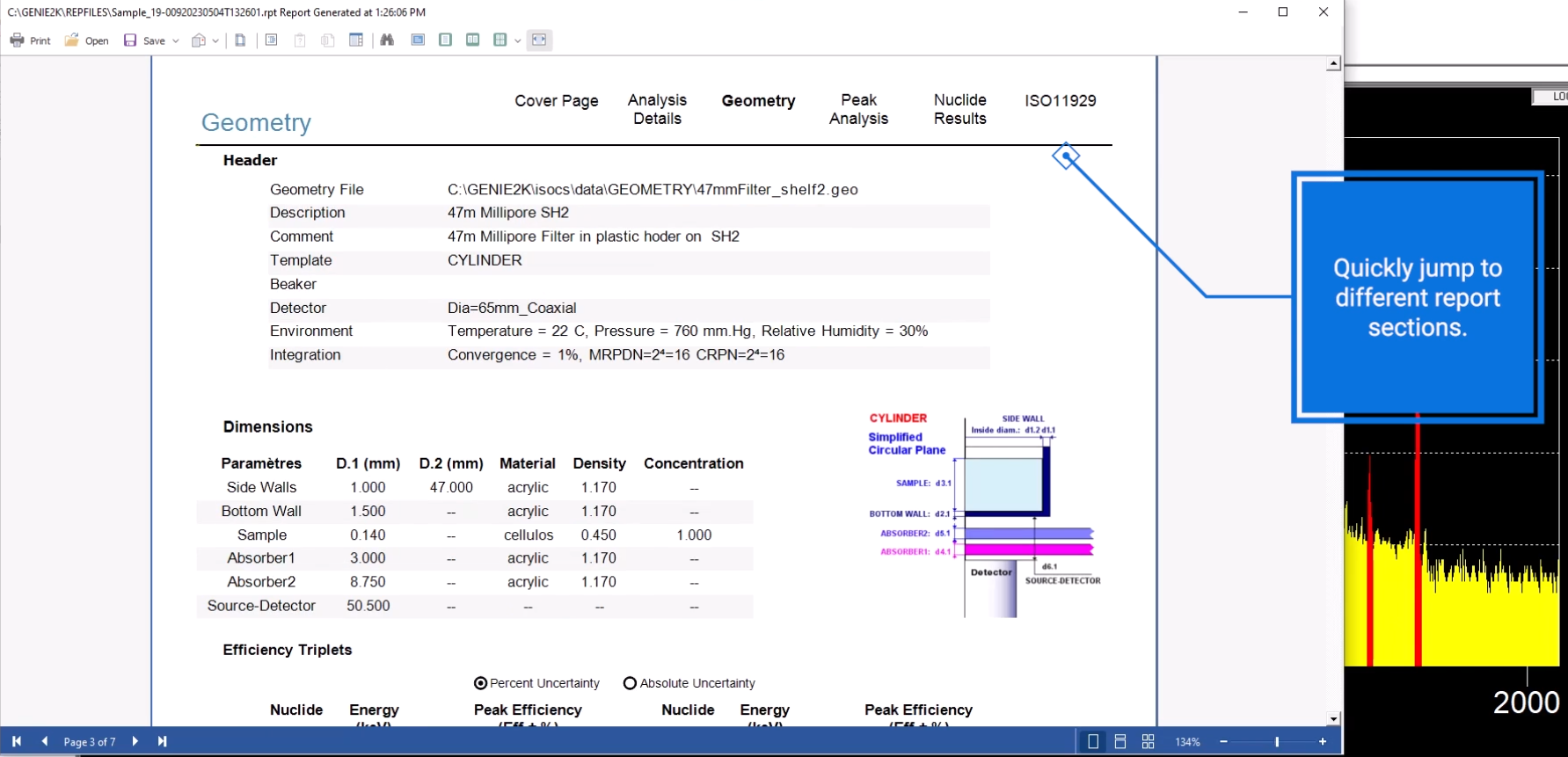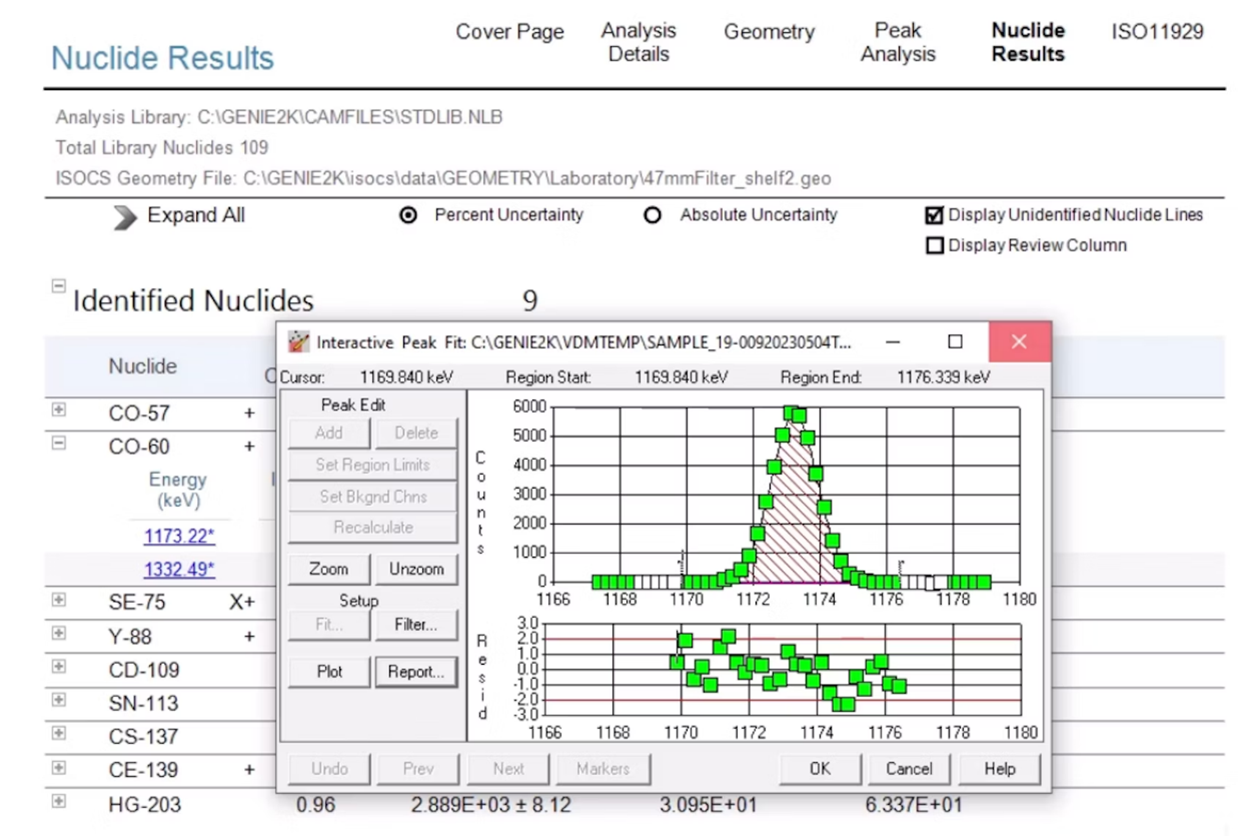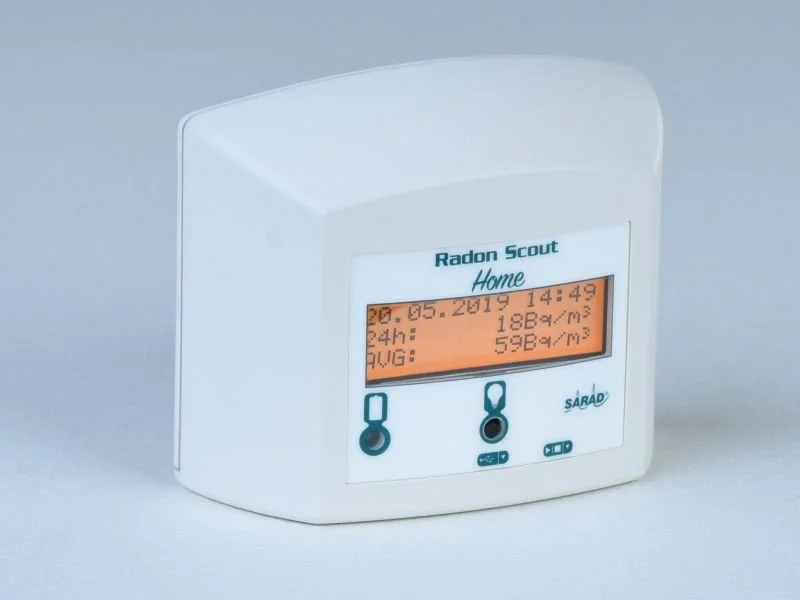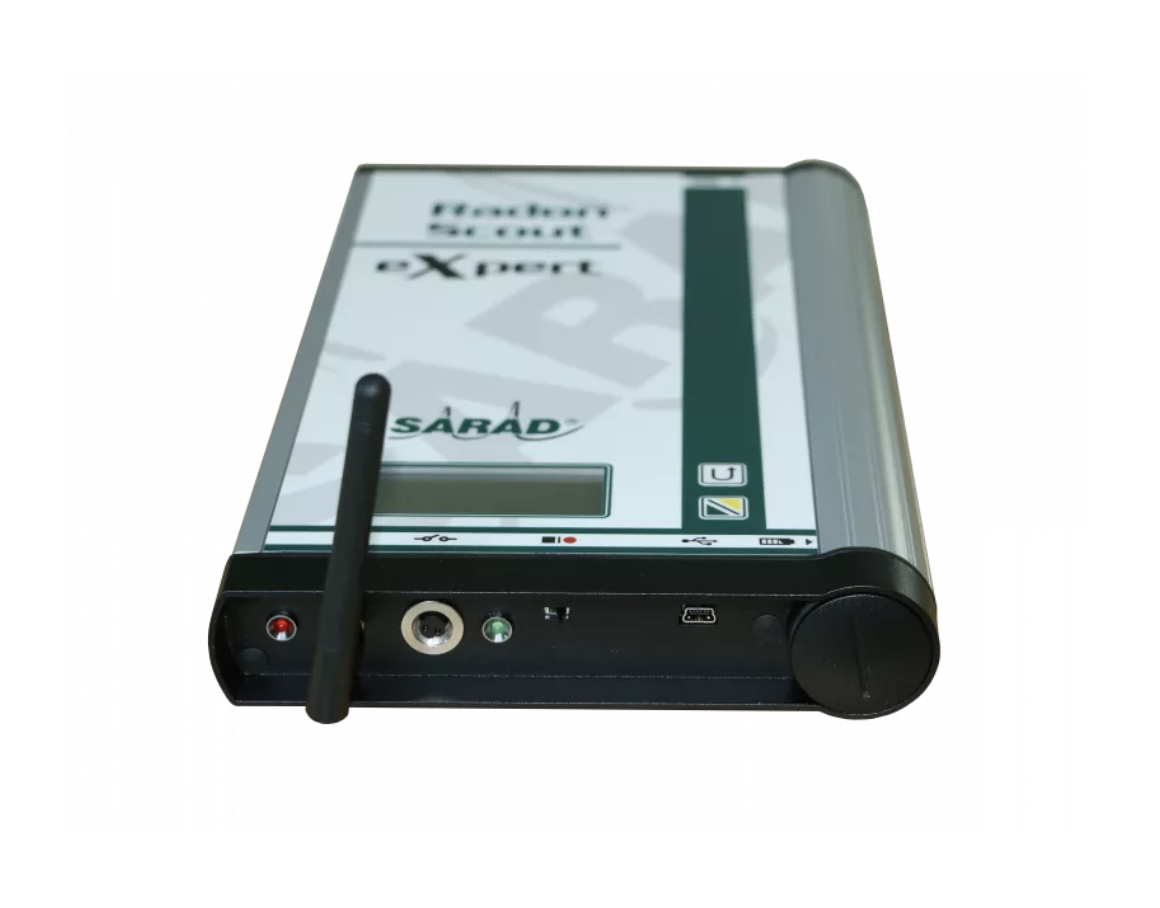Premise
This year, I went to the iSRS conference wanting to learn more about the processes involved in the radiopharmaceutical industry and how Nu Scientific may expand it’s offerings to cater better to this growing industry. Yet, as a gamma spectrometrist, I was pleasantly surprised to listen to a presentation on the latest developments in gamma-ray detection!
About MMCs
A researcher from the Karlsruher Institute of Technology, presented her PhD work on the use of magnetic microcalorimeters (MMC) integrated with a superconducting quantum interference device (SQUID) to create a super-high-resolution gamma-ray detector. The concept behind an MMC type detector is simple. An absorber material interacts with the incoming radiation changing its temperature. This temperature change is sensed by a paramagnetic sensor material which is placed in a weak external magnetic field. The paramagnetic material shows a temperature-dependent magnetisation, and it is this change in magnetisation which is measured using the SQUID. A diagram of this set up is shown below.
The resolution achievable with this kind of detector is mind boggling. We are talking about resolutions of 0.1%!
The Results
Here is a spectrum of the traces from a HPGe detector and an MMC detector [1]. The trace for the MMC detector is from the summed spectrum of 2 “pixels” accumulating over 7 days whereas the HPGe (Ge in the figure) was accumulating for 3 days. The researchers of the cited paper did not include a comparison of the efficiency of the two detectors, but we can see that there is at least a 100 fold difference in the traces, not to mention the count time difference. We must remember that this is a new technique and that progress in efficiency is inevitable as, for example, more pixels are added to the detector assembly.
Figure Adapted From [1]
The stark difference in line-width is apparent just on inspection of the figure. It is with this resolution that the researchers from [1] were able to model the U-233 peak more accurately and identify that no line is present at the 97.37 keV mark, as was otherwise previously thought.
Conclusion
This kind of detector may become the gold standard for gamma spectrometry, allowing energy line positions (and their existence!) to be determined to a level never-before thought possible. Let’s watch this space to detect what the future holds!
References
[1] Kim, G.B., Flynn, C.C., Kempf, S. et al. Development of MMC Gamma Detectors for Precise Characterization of Uranium Isotopes. J Low Temp Phys 193, 1236–1242 (2018). https://doi.org/10.1007/s10909-018-1978-0




















